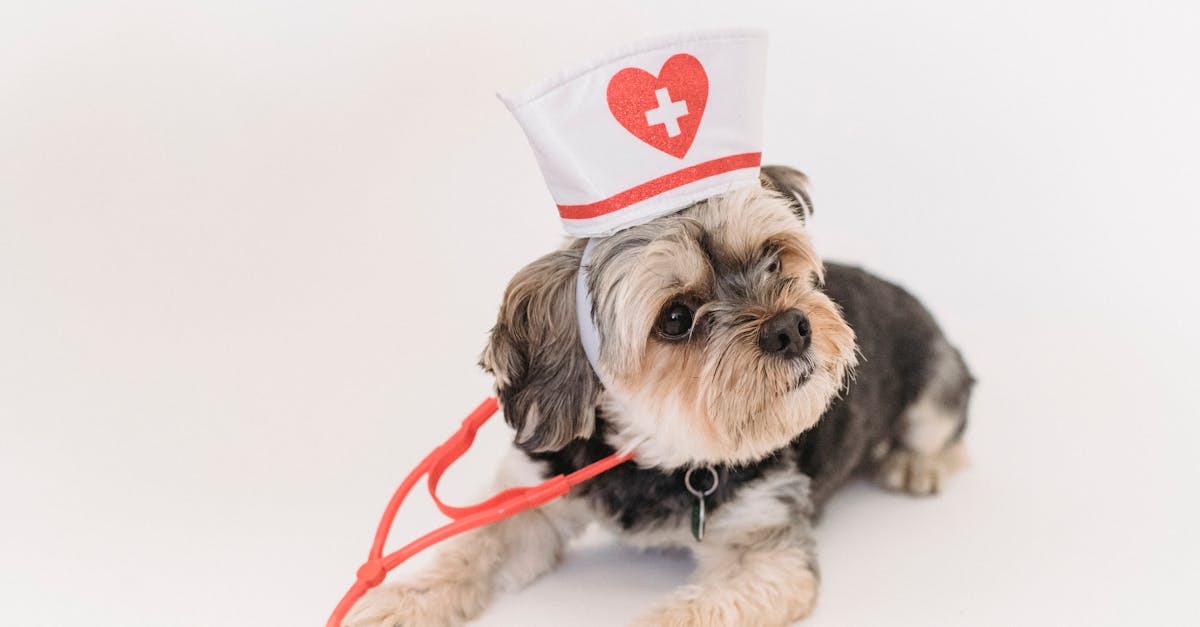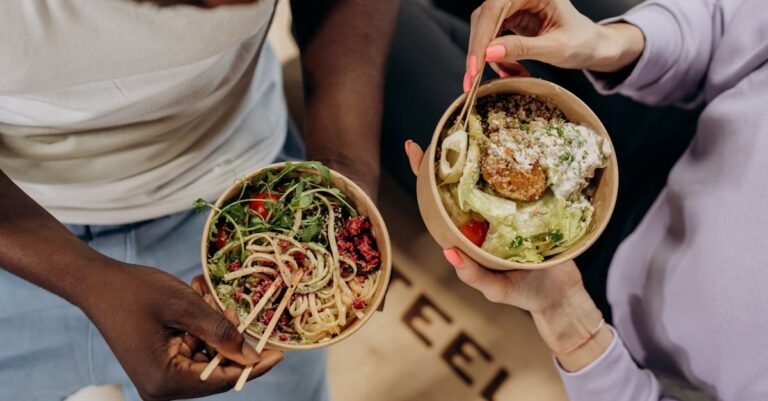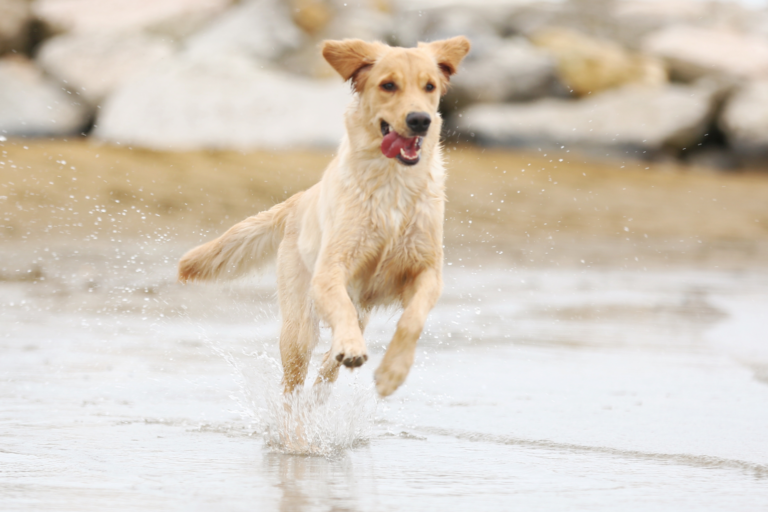How to Make Your Puppy Happy and Healthy: Essential Tips for New Pet Owners

Bringing home a new puppy is an exciting adventure, but it also comes with a lot of responsibility. Ensuring your puppy grows into a happy, healthy dog requires more than just love and attention. It involves providing a balanced diet, regular exercise, and early socialization and training.
Numerous studies show that puppies who receive early socialization and obedience training are more likely to become well-adjusted adult dogs. This means starting those training lessons as soon as possible is crucial. Also, a nutritious diet and plenty of exercise are essential for your puppy’s physical and mental well-being.
By focusing on these key areas, you can help your pup develop into a happy, healthy dog. So, let’s jump into the top tips that will set your puppy on the path to a wonderful life.
How To Make Your Puppy Happy and Healthy
1. Praise Your Pet for Good Behavior
Use consistent praise to reinforce good behavior in your puppy. For instance, when they obey a command or behave calmly in a new environment, offer verbal affirmations or gentle petting to show appreciation. This positive reinforcement helps your puppy understand which behaviors are desirable, fostering a well-behaved companion.
4. Play Games Together
Engage in interactive games like fetch or tug-of-war to bond with your puppy and channel their high energy constructively. Regular playtime not only keeps them physically active but also provides mental stimulation, which is crucial for their overall well-being.
7. Keep Dogs Entertained When Home Alone
Provide toys and chews to keep your puppy entertained while you’re away. Puzzle toys filled with treats can mentally stimulate them and reduce the risk of destructive behavior. Ensure these are safe and appropriate for their size and chewing habits.
8. Explore New Dog Treats
Introduce new dog treats to keep your puppy’s diet varied and exciting. Opt for nutritious options that align with their dietary needs. Occasionally offering new flavors or textures can make treat time more enjoyable and rewarding.
Increase Playtime
Increase the amount of playtime to meet your puppy’s energy levels. Puppies generally require more playtime than older dogs, as it helps burn off excess energy and prevents behavioral issues such as excessive barking and chewing.
Never Stop Training
Continue training your puppy beyond basic commands. Advanced training sessions can include tricks and agility exercises, which provide both mental and physical challenges. This ongoing training solidifies their obedience and strengthens your bond.
Provide Toys and Chews
Give your puppy a variety of toys and chews to keep them engaged. Durable chew toys can help with teething discomfort and prevent them from chewing on furniture or shoes. Rotate toys regularly to maintain their interest.
#7. Stay Active Every Day
Ensure your puppy stays active every day through walks, runs, or backyard play. Regular exercise is critical for their physical health and helps prevent obesity, which can lead to other health issues.
#4. Get to Know Your Breed
Understand the specific needs of your puppy’s breed. Different breeds have varying exercise, dietary, and grooming requirements. Knowledge of these specifics ensures that you tailor your care approach to meet their unique needs.
9. Give Them Treats
Use treats to reward good behavior and for training purposes. Choose healthy treats that complement their main diet and avoid overfeeding to prevent weight gain. Treat time should be a balanced part of their nutrition plan.
7. Arrange Play Dates
Arrange play dates with other dogs to enhance your puppy’s socialization. Regular interaction with other dogs helps them develop good social skills and reduces anxiety in new situations. Ensure these encounters are supervised and safe.
2. Praise and Affirmations
Frequently use praise and affirmations to boost your puppy’s confidence. Words of encouragement, along with petting or a treat, reinforce positive behavior and help build a trusting relationship between you and your puppy.
1. Walks and Hikes
Take your puppy on regular walks and hikes to explore different environments. This exercise strengthens their muscles, promotes healthy joint function, and helps them become accustomed to various sights, sounds, and smells, aiding in their social development.
Frequently Asked Questions
What food is best for puppies?
A well-balanced diet for puppies includes high-quality dry or wet food from brands like Royal Canin, Purina Pro Plan, and Hill’s Science Diet. It’s essential to choose a food formula specifically designed for puppies to ensure they get the right nutrients for growth and development.
How can I tell if my puppy is happy?
You can tell a puppy is happy by observing a relaxed posture, wagging tail, and relaxed ears. They may also play bow, request contact, and roll over to show their belly.
What makes puppies happy?
Puppies enjoy different activities based on their personality. Some love snuggling, while others prefer playing fetch or taking long walks. Interactive playtime and exploring new environments are also key to their happiness.
What do puppies enjoy the most?
Puppies often enjoy chest rubs and butt scratches. It makes them feel loved and shows affection. They may press against you or roll onto their back to signal they want more attention.
What do puppies cry for?
Puppies cry for various reasons, including hunger, discomfort, need for warmth, separation anxiety, boredom, or needing to go outside. Observing their behavior can help you address their specific needs.






